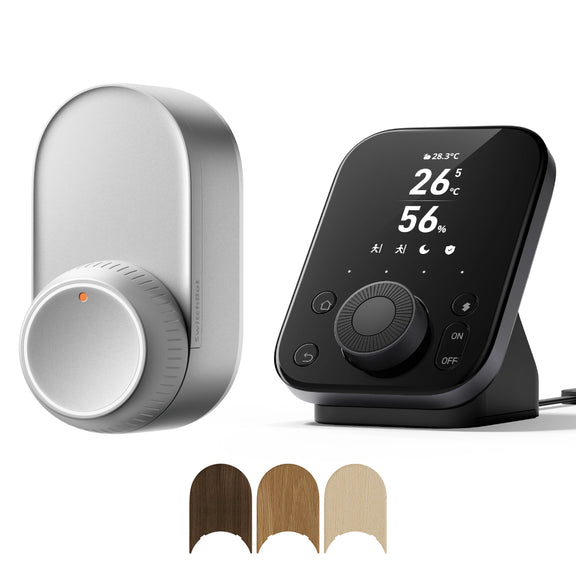Unlocking Peace of Mind: Transform Your Home Security with the Perfect Keypad
In today’s fast-paced world, ensuring the safety of our homes has never been more crucial. With rising concerns about burglary and unauthorized access, homeowners are increasingly seeking innovative ways to secure their properties. One such solution is the locking keypad—a modern security feature that not only enhances safety but also offers unparalleled convenience. Imagine never fumbling for keys again or worrying about losing them! The locking keypad allows for keyless entry, providing peace of mind knowing that your home is protected by advanced technology. This article aims to guide you in selecting the perfect locking keypad for your home, ensuring that you find one that meets your unique security needs while enhancing your lifestyle.

Understanding Locking Keypads
Locking keypads are electronic devices that allow users to unlock doors using a numerical code instead of a traditional key. These devices come in various forms, ranging from simple mechanical keypads to sophisticated electronic systems that can be integrated with home automation setups. The technology behind locking keypads typically involves either electronic or mechanical locking mechanisms. Electronic keypads use a series of electrical signals and microprocessors to control the locking mechanism, while mechanical keypads rely on physical buttons and internal gears. Both types have their advantages, but electronic systems often provide enhanced security features and ease of use. With options for customization and integration with smart home systems, locking keypads represent a significant advancement in home security technology.
Benefits of Installing a Locking Keypad
The advantages of locking keypads extend far beyond mere convenience. One major benefit is improved access control; you can easily assign unique codes to family members or trusted friends, allowing them access without the need to hand out physical keys. This feature is particularly useful for busy families or individuals who frequently have guests. Additionally, the keyless entry feature eliminates the risk of losing keys or having them stolen. Many locking keypads also come with enhanced security features, such as the ability to set temporary codes for visitors, ensuring that your home remains secure even when you’re not present. Furthermore, modern locking keypads often include alarms that trigger if someone attempts to tamper with the device, adding another layer of protection for your home.
Factors to Consider When Choosing a Locking Keypad
When it comes to selecting the right locking keypad, several critical factors warrant consideration. First and foremost, assess the security features offered by the keypad. Look for models with robust encryption methods and tamper alarms. Installation ease is another crucial aspect; some keypads are designed for straightforward DIY installation, while others may require professional assistance. Compatibility with existing security systems is also essential if you have a smart home setup, as you want your new keypad to integrate seamlessly. Finally, consider the user interface—ensure that the keypad is user-friendly for all family members, including children and elderly individuals. A keypad that is easy to navigate will encourage consistent use and enhance overall security.
Popular Features of Modern Locking Keypads
Modern locking keypads come equipped with an array of features designed to enhance convenience and security. Backlit keys are a common feature, making it easy to enter codes in low-light conditions. Many keypads now offer smartphone integration, allowing users to manage access remotely and receive alerts if someone attempts to enter the home. Temporary codes for guests are another popular feature; these codes can be set to expire after a specified time, providing flexibility for visitors without compromising security. Additionally, battery life indicators are essential for ensuring that the keypad remains functional. Maintaining awareness of battery levels can prevent lockouts and keep your home secure at all times.
Installation and Maintenance Tips
Installing a locking keypad can be a straightforward process, especially for those who opt for models designed for easy setup. Typically, the installation involves securing the keypad to the door frame and connecting it to your home’s power supply or batteries. It’s essential to follow the manufacturer’s instructions closely to ensure proper functioning. Once installed, regular maintenance is key to ensuring longevity. Keep the keypad clean and free from debris, and periodically check the batteries or power source. Additionally, periodically changing access codes can enhance security and prevent unauthorized access. By taking these simple steps, you can enjoy the full benefits of your locking keypad for years to come.
Key Considerations for Enhancing Home Security
In summary, investing in a locking keypad is a smart decision for enhancing your home security. From improved access control to the convenience of keyless entry, these devices offer a myriad of benefits that can significantly bolster your home’s safety. As you consider your options, take the time to evaluate your specific needs and choose a locking keypad that aligns with your lifestyle and security requirements. With the right keypad, you can enjoy peace of mind knowing that your home is secure, allowing you to focus on what truly matters—spending time with loved ones and enjoying life.












Comments